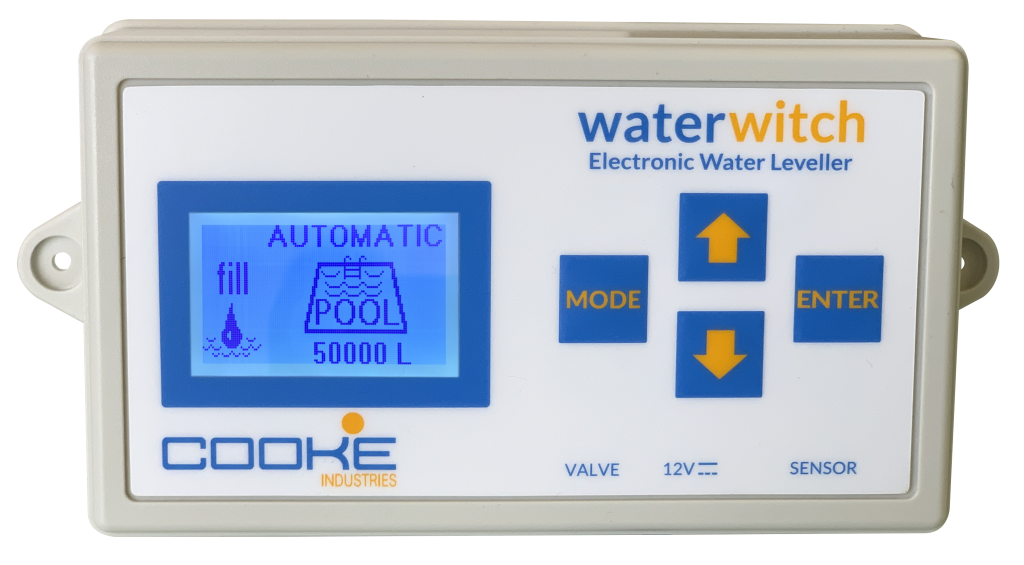Water Feature Design Guide
At Aqua Clear Products we happen to think that water is one of the most beautiful and exciting materials on the planet. We have been working with it for over 20 years designing large and small water features. While many of you may create beautiful swimming pools, our goal is to help you create beautiful water features. In the following, we will give an introduction to the simple design and construction principals of a fountain. In many respects, building a fountain is based upon many of the same principles as building as swimming pool. Whether it is your first time or you are attempting a more complex water feature, Aqua Clear Products can be relied on to give you expert advice.Factors which need to be considered when designing a water feature are:
- Climate
- Setting
- Scale
- Nature of the required effect
- Maximum acceptable noise level
- Standard of cleanliness that is required
- Frequency of Maintenance
- Accuracy of the water level control system
- Wind problems (do not place a water feature in a high wind area)
- Splash
- Availability of water
- Securing the power supply cables
- Correct Mechanical Design - pump sizing, pipe sizing, pressure and flow requirements
- Correct Electrical Design - power requirements, Electrical codes/regulations, panel design
- Budget
Design Considerations:
The modern water feature can be formal, traditional, organic/natural or stylized. The challenge is to determine the client's desires, assess
the site, consider the installation, architectural references and operational requirements to produce a water feature that is both workable
and beautiful.General characteristics of water are its plasticity, movement, sound and reflectivity.
Plasticity: It
is plastic because its shape is determined by the size, color, texture and location of its container.
Movement: Water's movement can be classified as either static, as in a placid pond or pool, or dynamic which is energetic
and used as a design focal point.
Sound:An oft-forgotten quality of water is its sound. Depending on the amount
of movement and volume of water involved, numerous sounds can be created. Attention to the audible aspects of water are important; too
little, like a dripping faucet, can be irritating and too much, in smaller spaces, can be overpowering.
Reflectivity:In
a quiet setting, water in its static state can be used to reflect its environment. Factors that influence water are light, temperature,
wind, slope, shapes and surfaces. These all can play a role in considering the final design concept:
Light:A
well-lit water feature transforms a dark mass of water into a glittering, sparkling element. New technology ( fibre optic illuminators)
allow water to carry a range of colours as well.Temperature:When water changes from its liquid to solid state in colder
weather, it will create a dramatic change in the water. Moving water will freeze and create unique sculptural formations which can be
especially dramatic when lit.
Wind:Wind can make a flat surface of water change from a mirror-plane to stormy
white-capped waves. Vertical water features will spray outside of the pool in high wind situations.
Slope:Any slope
will cause water to move. With higher rates of movement, the sound and attraction generated will increase.
Shapes & Surfaces:Water
takes on the shape of any container in which it is placed. For instance, a constant volume of water will appear placid in a wide container,
but quite turbulent when channelled through a narrow opening because of increase resistance. This same water will move more slowly and
appear more turbulent if the surface is highly textured.
Types of Water Features:
Fountains:While a fountain can be a focal point, it can also be used to divide a space. Whether using a single jet or
multiples, always consider combining it with light. Few features can compare with a pool in which a fountain is illuminated at night.Most
designers agree it prudent to restrict the jet height to half the radius of the pool. Although practical, this may not always produce a very
appealing feature. Height can be added by using statuary or sculptures or if the area is low-wind, the jet of water can be equal to the
radius of its pool or basin.
Floating:This is an easy and fast way to install a large water feature. Just float the
water feature to the desired location in the pool or lake. The body of floating fountains are filled with foam which allow the fountain to
float just below the surface of the water.
Decorative:These can be classified into three types dependent on which
element plays the dominant role; the water, the hardscape (the surrounding area including landscape and architecture) or an equal
combination of the two.
Sequenced / Animated:Current tastes in public water features are becoming more
technological. Elaborate fountains that can be programmed and 'dance' to music are popular. Individual nozzles create patterns of water
that vary height, sound and colour. These fountains require a sequence control panel.
Cascades & Waterwalls:When
it comes to creating dramatic effects, waterfalls and cascades offer great opportunities. The power of water as it tumbles over a surface
creates elements of great beauty that can be further enhanced by the effect of light on the moving surface of water. Many materials are
suitable for waterwalls but slate and marble should be avoided in areas with freeze/thaw cycles. A constant, continuous flow of water sent
over a lip evenly and cleanly is vital for a satisfactory effect. A drip channel will be required in the underside of any flat stone to
prevent the water from running back under. Recessed reglets or channels at each end of the waterwall are often required to prevent the water
from tracking out over adjacent surfaces.
Rills & Channels:These features suggest visual and physical movement.
They lead the eye in a given direction. Rills are narrow (often only 12" or so across) which compresses the water to create a feeling
of tension. For a rill to be effective, it should be as long as possible and lead from one larger area of water to another. Channels are
also long and narrow, but on a large scale. They often move large volumes of water.
Technological Considerations:
The principle of fountain technology is to move water to create beautiful, eye-catching water feature displays. There are three basic considerations of a fountain; water source, display effects and pump.The first step is to identify the water supply available. In case there is no natural water reservoir, it must be artificially filled and refilled from the water main. Once the water source has been determined, the next step is to set the water into motion and to find the right water display. After the display effect and pattern of nozzles are determined, the selection of the driving force or pump then follows. The remaining construction elements serve to beautify the fountain, simplify handling and maintenance or to create automatic functions.
Structural Components of Water Features & Fountains:
Pool / Basin:The size and shape of a pool can be determined by the fountain effects or, the fountain effect may be designed
to fit the pool. Water depth should be no more than 300mm to avoid the water feature to be classified as a swimming pool with all the
requisite fencing legislation. Pool walls should be smooth for easy cleaning. It is important to select the right color for the feature;
dark blues, grays and black are best as they create an illusion of depth and to conceal equipment. Browns and yellows should be avoided as
they tend to make the water look dirty. Greens can look artificial or clash with surrounding vegetation. Uniform colours magnify
imperfections so patterned or dappled finishes work best.
Fountain Nozzles & Fittings:WaterCrystal products provide a good array of the most popular nozzle effects; Cascade,
Plume, Fan, Crown, Jewel, WaterCastle and Spray Ring. Variety can be introduced by grouping multiples of the same jet or combining
different jets, adding in decorative elements or lighting. For more elaborate water feature effects you can also check our full line of
commercial jets, nozzles & LED Lights. It is a general rule of thumb that the water feature effect height is the equivalent of half of
the radius of the pool. Some jets require a non-turbulent water supply in order to work properly. Others require wave suppression when
installed in circular pools in order to prevent wave amplification. Vertical alignment for different jets can be achieved using products
like the WMU alignment swivel. Some jets need to be submerged for proper operation.Jets which require very accurate water levels are water
level dependent, as they draw additional water or air from their surroundings. Aqua Clear Products technical help can assist you with jet
selection.
Fountain Pumps:Pumps for water features are selected based on water and pressure requirements for the combined fountain
effects. Submersible pumps or dry pumps are available for use on fountains. Dry pumps should be equipped with suction strainers. Aqua
Clears fountain technical department acn help you with the correct pump selection.
Filtration & Water Treatment:Whether
a body of water is a swimming pool or fountain, some sort of filtration is needed to maintain water quality and clarity. A filter trap fine
debris in a media (such as sand or glass) to prevent the water from looking murky. Filter sizes are based on the pool capacity and must be
calculated in order for proper operation and to ensure clear water. Filtration for small bodies of water (2000 litres or less) may be too
expensive to install and not worth the investment. Draining, cleaning and filling the fountain may be the best solution for small
fountains.Bacteria and algae will soon develop and multiply in a fountain if not countered with an oxidizing water treatment such as
chlorine or bromine. Fountains use the same filtration and water treatment methods as swimming pools, such as sand filters, chlorine, 4 hour
turnovers and proper re circulation.
Lighting & Illumination:Well designed fountain lighting will add an
exciting evening dimension by illuminating your water feature effects. Swimming pool lighting is designed for wide illumination and safety
of swimmers. Fountain lighting is designed to illuminate vertical and moving water. They are two different illumination solutions and
should not be used interchangeably. One or two lights per single nozzle is recommended for proper illumination. The lamp type and wattage
is determined by the size and height of the water effect and whether colored lenses are used.To illuminate a Spray Ring less than 4', use
one fixture with a wide flood lamp. When using colored lenses keep in mind they will produce different light intensities:Amber and
Turquoise: require 50% more light than clear. Red requires 100% more light than clear. Blue and Green requires 250% more light than clear.
High ambient light will have an impact on lighting selection. Note: All lighting fixtures should be submersed before lighting and must be
installed by a qualified electrician. Installation must meet the relevant electrical code for safety. Fountain lighting is not suitable for
swimming pool applications. Swimming pool lights are not designed for fountains.
Junction Boxes:Waterproof junction boxes, like the WME204 are good for underwater connections. The WME 204 also
conveniently comes with (4) Junction Box Cord Seals and (3)m plugs. The combination of cord seals and plugs be determined by the number of
lights and electrical circuits it will service.
Suction Drains & Debris Screens:Suction drains with a debris screen should be installed to prevent damage to pumps
and clogging of spray jets.
Overflow drains:Overflow drains can remove excess water brought on by rainfall or
accidental overfilling of the fountain. Overflow drains have two functions; they provide a means for removing water in case water makeup
should malfunction and they provide a means for removing storm water. The preferable location for an overflow drain is in the wall of the
pool where it can be hidden. All overflow drains are designed to prevent large debris from clogging the drain pipe.
Sleeve Fittings:Pipes
that penetrate pool walls and floors are the number one source of leaking. Sleeve fittings or stub-ups, provide a mechanical means to bond
cement materials to the wall of a metal or plastic pipe.
Water Level Controllers:Electronic and non-electric
water level sensors are available to monitor water levels and will replenish water lost through evaporation or splashing. It provides both
a cut-off for safe operation of submerged fountain lights (fountain lights operate 2" below the surface of the water) and regulating
effect for proper submersion of jets. Evaporation rates are similar to pools however, fountain equipment is more sensitive to changes in
water levels. Some jets draw additional water or air from their surroundings to increase their visual impact. Such nozzles are water level
dependent and require very accurate water controls.
Control Panels:U.L approved electrical panels incorporate
the controls for pumps, lights and water level equipment. Ground fault interruption hardware safeguards people from the mixture of water and
electricity. Panels also house operating timers, as well as timers and relays for sequencing valves.



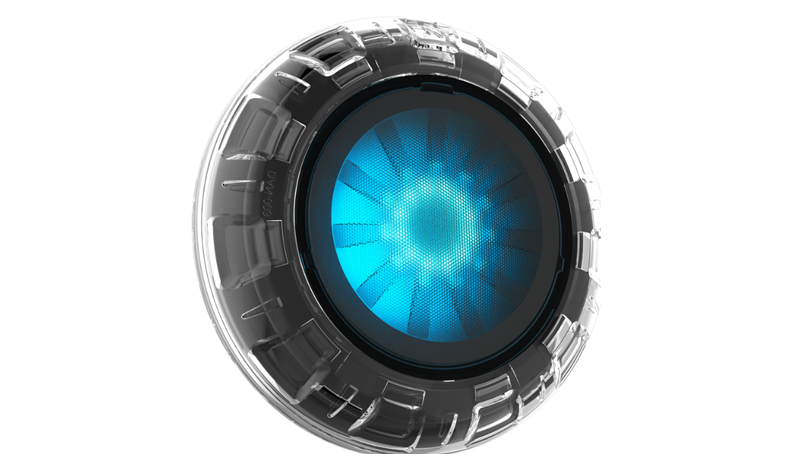

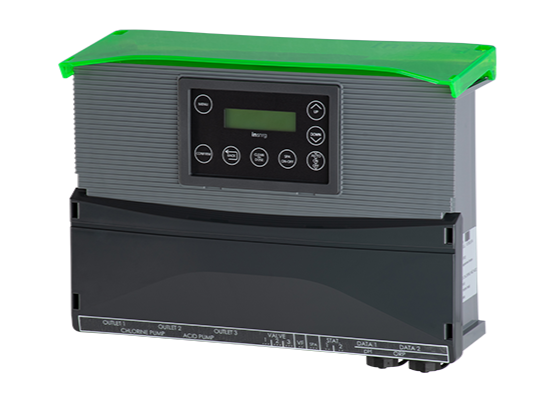

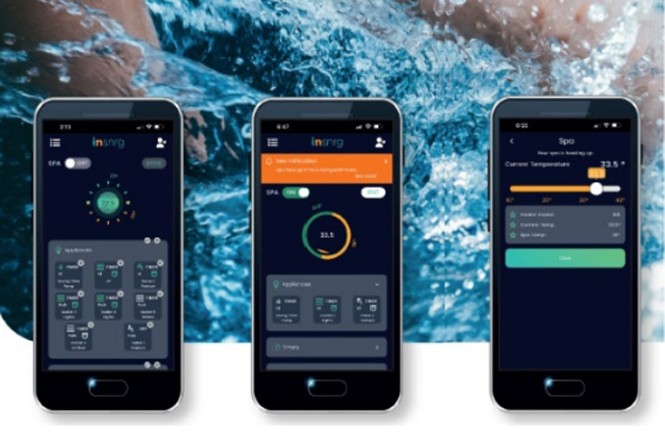
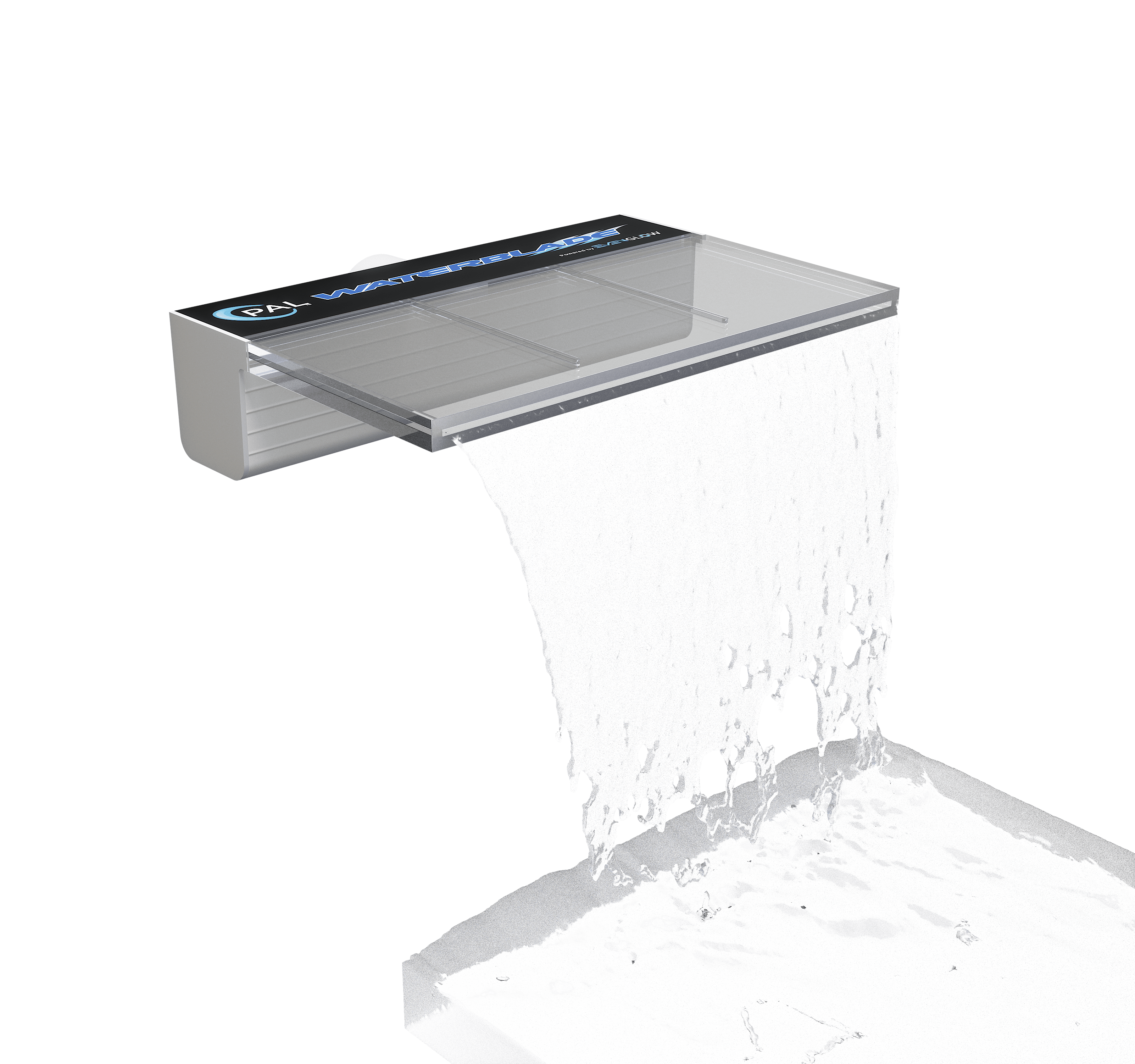




.png)
